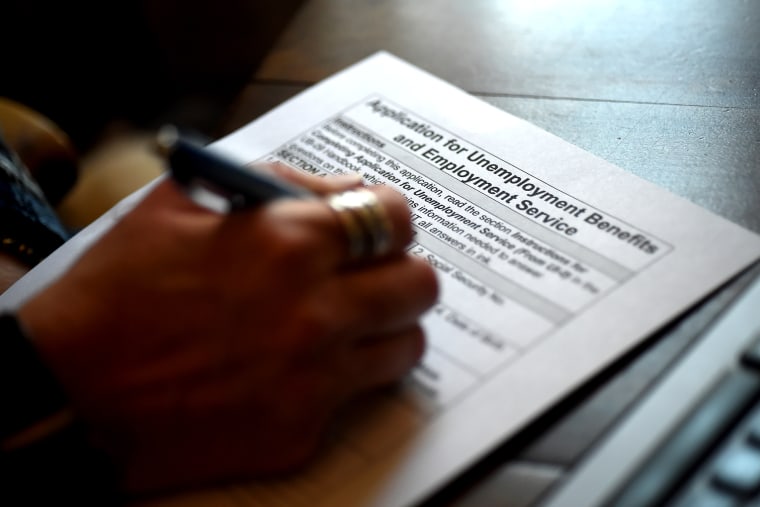As regular readers know, progress on weekly unemployment claims has been hit or miss in recent months, though the new report from the Labor Department pointed in a more encouraging direction.
In the week ending January 23, the advance figure for seasonally adjusted initial claims was 847,000, a decrease of 67,000 from the previous week's revised level. The previous week's level was revised up by 14,000 from 900,000 to 914,000. The 4-week moving average was 868,000, an increase of 16,250 from the previous week's revised average.
While any improvement is encouraging, this new report points to unemployment claims higher than the totals from October and nearly all of November. What's more, as of this morning's report, this is the 45th consecutive week in which the number of Americans filing for unemployment benefits was worse than at any time during the Great Recession.
It's also a reminder, as multiple reports have indicated, that President Joe Biden has inherited the worst job market of any modern American president.
As we discussed last week, there's no great mystery as to the cause: the more the nation struggles with the coronavirus pandemic, the greater the toll it takes on the economy. Indeed, this comes on the heels of a deeply discouraging monthly jobs report, released three weeks ago, showing the economy losing jobs in December.
There is reason to believe conditions can and will improve. For one thing, vaccines are starting to reach the public in larger numbers, and vaccination rates are expected to increase considerably in the coming weeks and months. For another, the latest congressional relief package included unemployment aid, direct-aid checks, and a revised Paycheck Protection Program, each of which should help make a positive difference.
But few seriously believe the economy is on stable footing, and the need for additional congressional investments -- sooner rather than later -- seems obvious.
It's why the Biden White House recently unveiled a $1.9 trillion relief package, which would give the economy a dramatic boost that would extend for much of the year.
It was against this backdrop that Federal Reserve Chairman Jerome Powell left interest rates near zero yesterday. The New York Times reported, "Mr. Powell suggested that the bigger risk to the economy in coming months rested in doing too little rather than too much. He played down concerns that either an aggressive spending response from Congress or very low rates would cause runaway price inflation, and warned that allowing displaced workers to remain stuck on the job market's sidelines could inflict lasting damage."
Powell didn't comment specifically on the relief plan pending in Congress, but the Fed chair left little doubt that he'd welcome additional fiscal stimulus.
It's precisely why congressional Democratic leaders began the process yesterday of pursuing a relief plan through the budget reconciliation process, which would circumvent an inevitable Republican filibuster. Watch this space.

